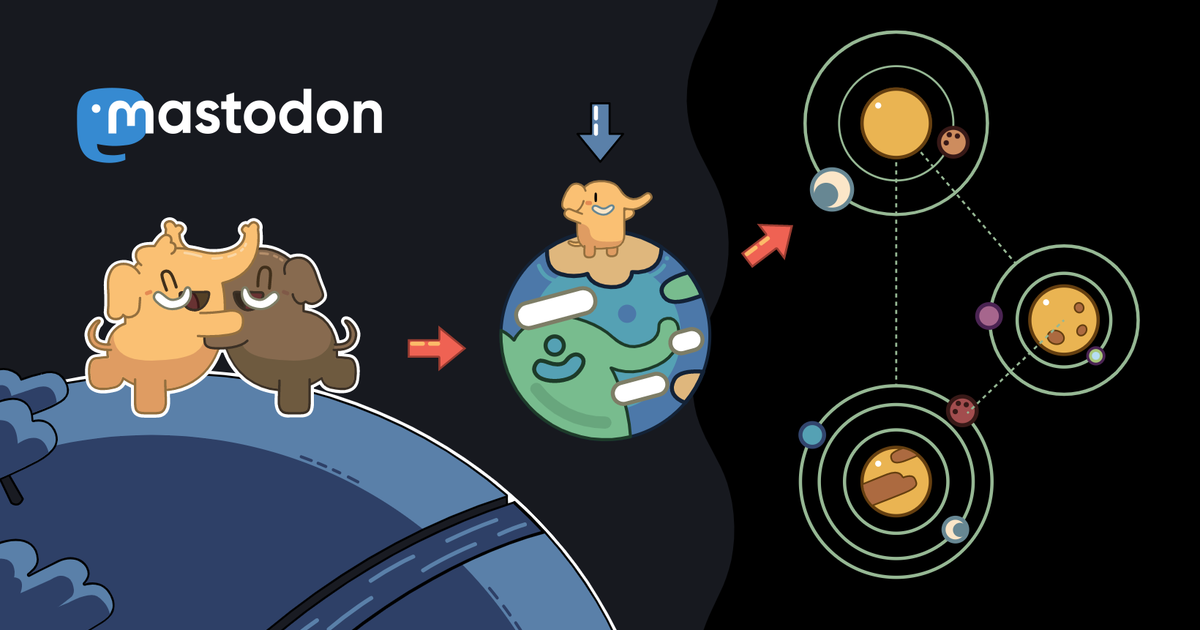Giuseppe Michieli<p>''• Proportion of viruses belonging to the <a href="https://mstdn.science/tags/VOI" class="mention hashtag" rel="nofollow noopener noreferrer" target="_blank">#<span>VOI</span></a> <br><a href="https://mstdn.science/tags/EG5" class="mention hashtag" rel="nofollow noopener noreferrer" target="_blank">#<span>EG5</span></a> lineage (that derives from <a href="https://mstdn.science/tags/XBB192" class="mention hashtag" rel="nofollow noopener noreferrer" target="_blank">#<span>XBB192</span></a> with the additional mutation S:F456L), and in particular, the <a href="https://mstdn.science/tags/EG51" class="mention hashtag" rel="nofollow noopener noreferrer" target="_blank">#<span>EG51</span></a> (EG.5 + S:Q52H), was 25.8%. ''</p>
Recent searches
No recent searches
Search options
Only available when logged in.
mstdn.social is one of the many independent Mastodon servers you can use to participate in the fediverse.

A general-purpose Mastodon server with a 500 character limit. All languages are welcome.
Administered by:
Server stats:
15Kactive users
mstdn.social: About · Status · Profiles directory · Privacy policy
Mastodon: About · Get the app · Keyboard shortcuts · View source code · v4.3.4
#xbb192
0 posts · 0 participants · 0 posts today
Giuseppe Michieli<p>''Data from July 31 to August 06, a rise in the incidence of several <a href="https://mstdn.science/tags/VOIs" class="mention hashtag" rel="nofollow noopener noreferrer" target="_blank">#<span>VOIs</span></a> has been observed, especially those belonging to <a href="https://mstdn.science/tags/EG5" class="mention hashtag" rel="nofollow noopener noreferrer" target="_blank">#<span>EG5</span></a> (a subvariant of <a href="https://mstdn.science/tags/XBB192" class="mention hashtag" rel="nofollow noopener noreferrer" target="_blank">#<span>XBB192</span></a> with the additional Spike mutation: F456L), <a href="https://mstdn.science/tags/XBB116" class="mention hashtag" rel="nofollow noopener noreferrer" target="_blank">#<span>XBB116</span></a> and <a href="https://mstdn.science/tags/XBB1166" class="mention hashtag" rel="nofollow noopener noreferrer" target="_blank">#<span>XBB1166</span></a> (with Spike mutation F456L). In particular, among sequenced viruses, <a href="https://mstdn.science/tags/EG5" class="mention hashtag" rel="nofollow noopener noreferrer" target="_blank">#<span>EG5</span></a> represented 32,4% (<a href="https://mstdn.science/tags/EG51" class="mention hashtag" rel="nofollow noopener noreferrer" target="_blank">#<span>EG51</span></a>, 18,9%; <a href="https://mstdn.science/tags/EG511" class="mention hashtag" rel="nofollow noopener noreferrer" target="_blank">#<span>EG511</span></a>, <br>13,5%); <a href="https://mstdn.science/tags/XBB116" class="mention hashtag" rel="nofollow noopener noreferrer" target="_blank">#<span>XBB116</span></a> (18,9%) and XBB.1.16.6, 16,2%.''</p>
hubbub<p><a href="https://mastodon.online/tags/SARSCoV2" class="mention hashtag" rel="nofollow noopener noreferrer" target="_blank">#<span>SARSCoV2</span></a> variant update 4/4</p><p>XBB.1.5 is dominant and the default variant across the country.</p><p>However, XBB.1.9.1 and XBB.1.9.2 have been on a slow & steady rise and account for 5% of cases right now behind XBB.1.5</p><p><a href="https://mastodon.online/tags/XBB191" class="mention hashtag" rel="nofollow noopener noreferrer" target="_blank">#<span>XBB191</span></a> <a href="https://mastodon.online/tags/XBB192" class="mention hashtag" rel="nofollow noopener noreferrer" target="_blank">#<span>XBB192</span></a></p>
ExploreLive feeds
Mastodon is the best way to keep up with what's happening.
Follow anyone across the fediverse and see it all in chronological order. No algorithms, ads, or clickbait in sight.
Create accountLoginDrag & drop to upload
